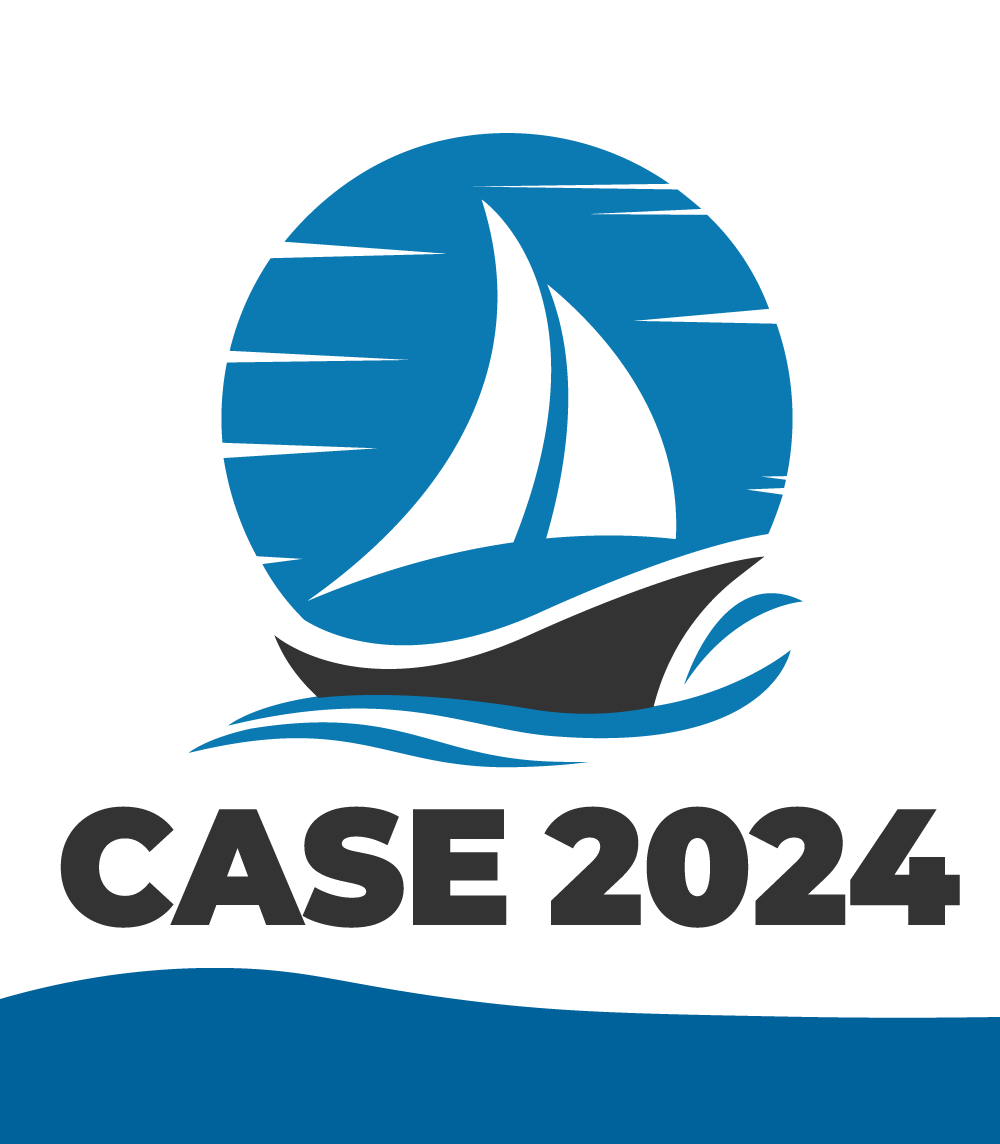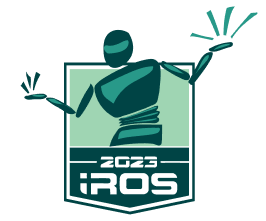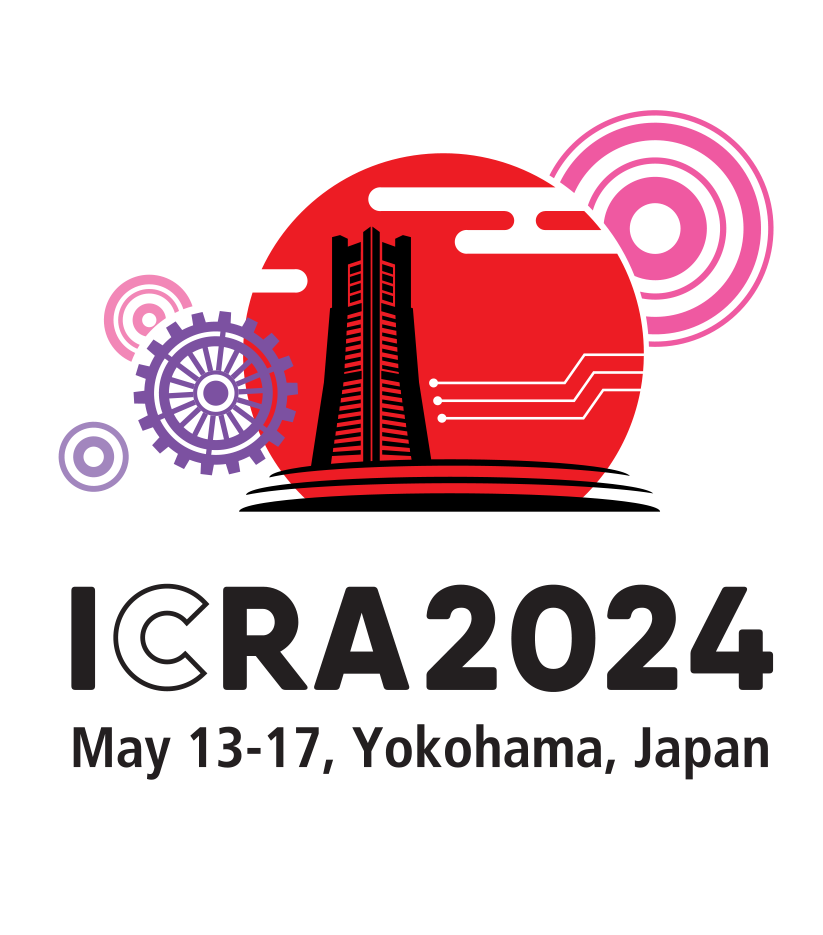Information for Editors
Legend
T-RO: Transactions on Robotics
SE: Senior Editor
AE: Associate Editor
EiC: Editor in Chief
RE: Reviewer
RR: Revise and Resubmit
AP: Accepted for Publication
COI: Conflict of Interest
Generalities
The work of the Editorial Board guarantees the highest standards of IEEE journals (with a complete peer review cycle, including revision and resubmission where appropriate), but it will also be subject to stringent deadlines. RAS has appointed Senior Editors (SEs) who are extremely strong scientifically and exceptionally responsible and organized.
The term of an IEEE Transactions on Robotics (T-RO) SE is five years, renewable once. A SE supervises an area, formed by a number of keywords, and cooperates with a number of Associate Editors (AEs) to provide reviews and recommendations for papers in that area.
The main responsibilities of an SE are:
- To assist the Editor-in-Chief (EiC) in selecting keywords representing the scientific sub-areas forming the area, and to update them from time to time
- To suggest the names of AEs who can supervise the review process of papers in the sub-areas identified by the keywords
- To monitor the performance of AEs
- To supervise the assignment of manuscripts to AEs, based on competence, and to check for possible conflicts of interest (CoIs) or other reasons to supersede the suggested assignment
- To decide on the editorial (summary) rejection of manuscripts
- To ensure the timeliness of the review process
- To check the quality of the reviews (at least two) and the comments provided by the AEs as well as the consistency of the recommendation
- To issue the decision letter to the authors, receive their comments, and entertain any correspondence with them
The SE's service in handling a paper is acknowledged by the publisher (IEEE) including the name of the SE on the final electronically published paper.
T-RO Editorial Timeline
T-RO aims at a fast review process with quick feedback to the authors. The SE should assign each paper to an AE within two weeks. The SE should also take care that the supervising AE assigns the paper within two weeks to three reviewers. For each manuscript, the reviewing time should be no longer than three months for new or resubmitted manuscripts and no longer than one month for manuscripts whose previous submission was conditionally accepted.
The Editorial Spirit of T-RO
The general principle of the editorial work in T-RO is that Editors and Reviewers are not there to be inflexible judges; rather their role is to help authors write better papers.
This is reflected in the review comments and recommendation reports, which are always constructive in their criticism, not just noting deficiencies but also indicating how they can be mended. Any diminishing or disrespectful remark must be absolutely avoided. It is useful to authors of a rejected paper that a fair estimate is given of how far beyond the threshold a paper is, and what could make a new paper acceptable.
The quality level to be expected in a paper to appear in T-RO is defined by the scope of the journal: a T-RO paper represents major advances in the state-of-the-art fundamental papers on all aspects of robotics, featuring interdisciplinary approaches from computer science, control systems, electrical engineering, mathematics, mechanical engineering, and other fields. Robots and intelligent machines and systems are critical in areas such as industrial applications; service and personal assistants; surgical operations; space, underwater, and remote exploration; entertainment; safety, search, and rescue; military applications; agriculture applications; and intelligent vehicles. Special emphasis is placed on intelligent machines and systems for unstructured environments, where a significant portion of the environment is unknown and cannot be directly sensed or controlled.
The T-RO Review Process
The review process for T-RO is managed using the PaperPlaza system. PaperPlaza provides a wide variety of tools to help SEs supervise the review process. AE assignments, interactions with AEs, and final decisions are all managed using PaperPlaza. To access the system, users need to go to the PaperPlaza page, click Start, and then Log in. Users who forgot their login information can retrieve it using the PIN management page. It may be useful to spend a few minutes looking over the help pages, and in particular the Editor's FAQ at PaperPlaza Help Page.
Preliminary Steps
A quick response is needed when a manuscript is assigned to an SE.
The first step is to look at the manuscript to identify a potential CoI. In case of a CoI, the SE should immediately contact the EiC to reassign this manuscript to an alternative SE.
The second step is to check whether the paper falls into the area of expertise of the SE. If the SE comes to the conclusion that she or he does not have sufficient competence to supervise this manuscript, she or he should immediately contact the EiC and ask for a reassignment.
The third step is to preliminarily assess the manuscript with respect to its eligibility for T-RO review. If the SE comes to the conclusion that the manuscript is not suitable for T-RO, the SE should assign this paper to an AE and discuss the issue with the AE. If both members of the editorial board agree that the manuscript should receive an editorial rejection, the AE should issue a corresponding draft letter that the SE revises to notify the authors. If both of them disagree about an editorial rejection, the manuscript should be sent out for review.
The fourth step is to assign the manuscript to an AE. It is recommended to not only perform this assignment based on the matched keywords but also look at the expertise of the AE in the area of this manuscript. Additionally, the SE should take into account the workload of the AE (papers currently handled by the AE and papers handled thus far by the AE).
If an AE requests to reassign the manuscript to an alternative AE, this reassignment should be done in due time.
It should be noted that some manuscripts are directly assigned by the EiC to an SE and an AE. This is often the case for manuscripts whose previous decision was “revise and resubmit” or “reject”. If not directly assigned by the EiC, the SE should assign the manuscript to the AE handling the previous version of the manuscript.
These preliminary steps should be done within two weeks.
It should be noted that both, editorial rejections and reassignments, are to be used sparingly. Criteria for editorial rejection are discussed below in this document. Editorial board members should ask for reassignment in the case of a potential CoI (see below for a definition of CoIs for SEs and AEs). Requests of reassignment for lack of specific knowledge of the SE or AE in the manuscript topic should be minimized. Typically SEs and AEs were selected not because of a deep competence in a narrow topic but rather for experience, vision, and capability to assess scientific contributions in a wider area. Specific expertise and technical prowess in the manuscript domain, together with reliability and thoroughness, are criteria AEs should use to select the reviewers.
Vetting the Manuscript Review Dossier
T-RO aims at high-quality reviews in due time: every submitted paper should receive a well-prepared review dossier within three months for new or revised submissions and within one month for updated versions of conditionally accepted manuscripts. Each review dossier includes the comments provided by the reviewers, an AE report, and a recommendation (accept, conditionally accept, revise and resubmit, reject, or editorial reject).
It is the SE’s responsibility that all manuscript review cases submitted are well prepared.
A well-prepared manuscript review case contains at least two good reviews, which are substantial and constructive and do not diminish the authors' efforts, even when they have to be negative. The AE report is expected to contain a summary of the reviewers’ opinions (in the AE’s own words) and the AE’s opinion on the paper. If reviews are not clear enough, the AE Report should give a solid rationale for the decision to be taken. If two reviews are in disagreement, the AE Report should resolve the conflict. The AE should not merely give the average of the reviews as a rating but rather take decisive action and settle the conflict.
In no case is a manuscript with less than two reviews or with sub-standard reviews or AE report (e.g., too short or shallow), or apparent inconsistencies between comments and recommendations, should be accepted by the SE. Should the SE receive a defective manuscript review case, she/he will interact with the AE to make sure that further action is pursued promptly so as to reach the desired high review quality standards of T-RO.
For first submissions or resubmissions of revised manuscripts, this process should take no longer than three months. For revised versions of conditionally accepted manuscripts, this process should be completed within one month.
Rejected Manuscripts
Manuscripts that have substantial deficiencies, for example, with respect to their presentation or the state of the art should be rejected. Authors of a rejected manuscript should receive a detailed justification of the causes for rejection. Authors of rejected manuscripts are discouraged from submitting a revised version. However, they are not prevented. If authors submit a revised version of a previously rejected manuscript, they are expected to provide a statement of changes justifying the reasons for a resubmission. The EiC will normally assign the resubmitted manuscript to the SE and AE supervising the previously rejected manuscript unless they are retired in the meantime. The editorial board will carefully analyze resubmissions of previously rejected manuscripts and also consider an editorial reject decision for such manuscripts.
Revised and Resubmitted Manuscripts
A manuscript should receive a “revise and resubmit decision” if it contains deficiencies that can be corrected within a reasonable amount of time. If the decision on a submission to T-RO is “revise and resubmit” (RR), authors will be allowed to submit a revised version and a statement of changes. The revised manuscript should be formatted so that any changes can be easily identified by the reviewers, by using, e.g., colored or bold text to indicate revised passages. In addition to the largely revised version of a paper, the authors are required to also upload a single pdf file containing a reply to the comments provided by the reviewers and the list of changes made to the manuscript paper. After resubmission, the EiC will normally assign the manuscript to the SE and AE previously supervising the manuscript, unless they are retired in the meantime. Revised and resubmitted manuscripts are treated as novel submissions. A second “revise and resubmit” decision for such manuscripts should be avoided. Papers not reaching the bar for a “conditionally accept decision” should preferably be rejected.
Conditionally Accepted Manuscripts
A manuscript should receive a “conditionally accepted decision” if it contains minor deficiencies that can be corrected within 60 days. If the decision on a submission to T-RO is “conditionally accepted” (CA), authors will be allowed to submit a revised version and a statement of changes. The revised manuscript should be formatted so that any changes can be easily identified by the reviewers, by using, e.g., colored or bold text to indicate revised passages. In addition to the revised version of your conditionally accepted paper, the authors should also upload a single PDF file containing the authors’ reply to the comments provided by the reviewers and the list of changes made to the manuscript. The EiC will assign resubmissions of previously conditionally accepted manuscripts to the SE and AE supervising the previous version unless one or both of them have retired in the meantime. The evaluation of such a manuscript should take no longer than one month. The AE is expected to quickly evaluate the updated manuscripts potentially with the assistance of the reviewers assigned to the previous version. A second “conditionally accept decision” should be avoided.
Accepted Manuscripts
Manuscripts fulfilling all requirements for a publication in the IEEE Transactions on Robotics should receive an “accept decision”. Authors of accepted manuscripts are requested to prepare a final version of their manuscript strictly the indications provided in the reviews, if any. No other significant unreviewed changes (including to the bibliography and references) are allowed. The submission of the final version is due no later than 30 days from the notification date. When the final version of an accepted paper is received, the SE has the possibility to verify that all required changes have been made in the final version and may request the AE to provide support in this phase. Although rarely, an SE can withhold publication until all required changes are satisfactorily made. In case this can not be achieved by authors within 180 days from submission, the manuscript could be effectively withdrawn from publication.
Editorial (Summary) Rejections
Editorial reject decisions are to be used mainly for incomplete or otherwise clearly unsuitable papers (see below the official IEEE policy for more details). All editorial rejections must be approved by the EiC. If the reason for editorial rejection is a lack of technical contribution, IEEE rules require that at least three editors concur in such a decision. For these cases, the EiC and at least two members of the Editorial board (usually the SE and AE) have to consent. If an AE comes to the conclusion that an assigned manuscript should be summarily rejected, the AE informs the corresponding SE with a sufficiently detailed justification. If an SE thinks that a manuscript should be summarily rejected, the SE assigns it to an AE asking for the AE’s opinion. If both the AE and the SE agree that the paper should be summarily rejected, they generate a sufficiently detailed decision letter (typically drafted by the AE and revised by the SE). They then inform the EiC about their proposed decision, provide the EiC with a decision letter, and ask for approval. If the EiC, the SE, and the AE agree, the SE issues the editorial reject decision. The decision should not be executed without approval by the EiC. An editorial reject decision should be issued no later than three weeks after the submission. If the EiC, the SE, and the AE disagree in their assessment of the manuscript, it should be sent out for full review.
For purposes of tracking editorial rejections, the EiC will add a comment in PaperPlaza of the form: “This manuscript was summarily rejected. It was checked by the AE, SE, and EiC, and all agreed that it did not meet IEEE prescreening criterion X.”
IEEE Policy Regarding Prescreening of Articles by Editors
Editors may prescreen articles immediately after they are submitted and before they are transmitted to referees for evaluation. The purpose of such prescreening is to verify that the article adheres to minimum criteria set forth by IEEE, as well as by the organizational unit responsible for the specific publication. Typical prescreening measures include the following:
a. The author(s) have followed the IEEE guidelines for style.
b. The author(s) have not obviously violated IEEE Policies.
c. The article is comprehensible (in other words, not so poorly written that it is unreadable).
d. The subject and contents of the article meet the scope of the periodical or a specific issue.
e. The article meets a minimum criterion for technical substance established for the periodical.
If an editor assesses that a submission has met prescreening criteria a through d, but has not met criterion e, the editor shall consult with at least two members of the editorial board for concurrence. Rejection on the basis of criterion e requires the agreement of the EiC, the SE, and the AE. Rejection on the basis of criterion e shall require the general agreement of the Editor and those consulted. An article is considered in review if it passes the prescreening process and is forwarded to referees. An “administrative reject” refers to an article that does not meet the prescreening measures and is, therefore, returned to the author(s) with an explanation.
Conflicts of Interest
A T-RO SE is deemed to have a conflict of interest in a submitted manuscript if he or she is a co-author of the paper.
A T-RO AE is deemed to have a conflict of interest in a submitted manuscript if one (or more) of the authors.
- is, or has been, a student (including PostDoc) or advisor of the AE, or
- has co-authored a paper or has closely collaborated in a research project with the AE in the previous five years, or
- is employed at the same institution (at the Department or Division level) as the AE, or
- there are any other circumstances which may create an appearance that the person might have a bias in the evaluation of the paper.
The criteria for CoIs for T-RO AEs also apply to T-RO reviewers.







